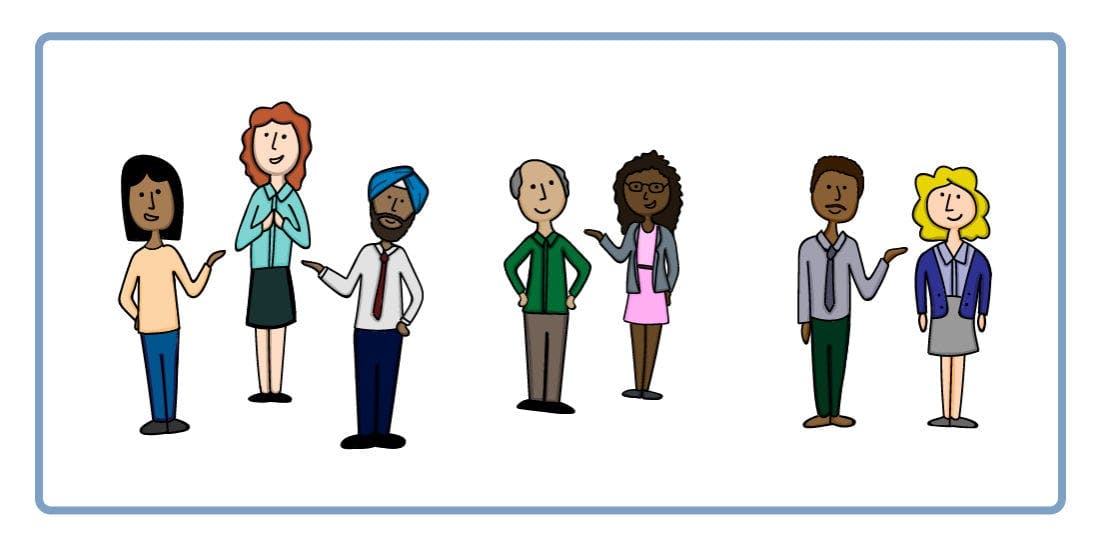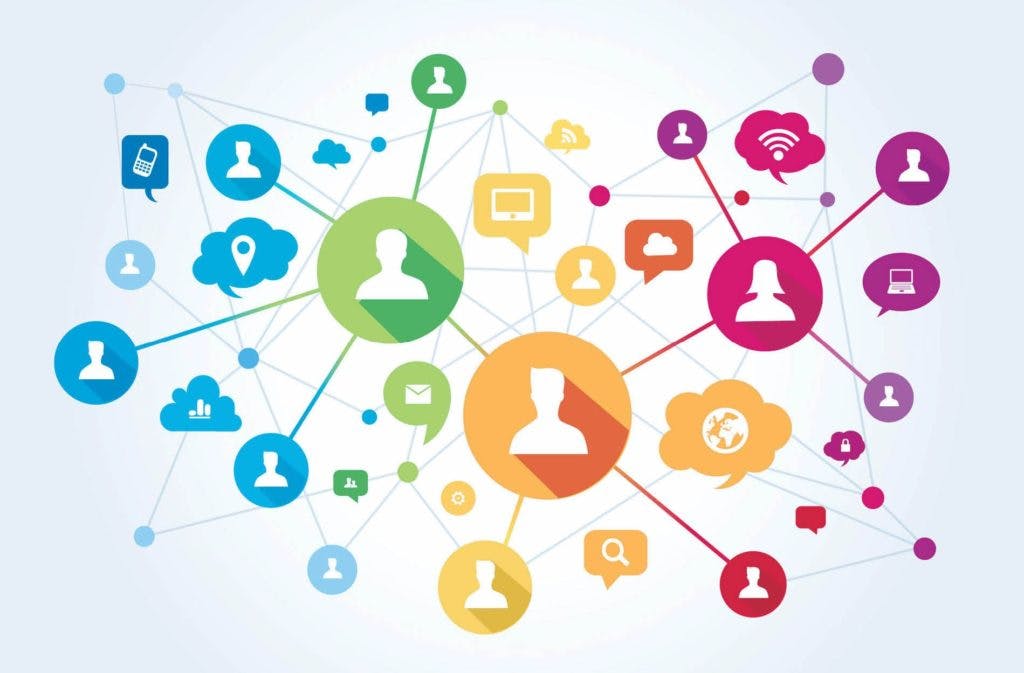6 Tips for Effective Communication in a Diverse Workplace
Workplace diversity encompasses race, ethnicity, cultural norms, religious practices, age, disabilities, sexual orientation, gender expression — and more. Leading in our increasingly diverse global work environments can be challenging. How do you communicate in an inclusive way that unites and inspires everyone on your team without inadvertently alienating any group or individual?
Effective leadership communication starts by stepping outside of your own norms and considering how what you say will resonate across a wide range of perspectives. Take the time to think about the variety of viewpoints and backgrounds of your individual team members and how your message will be received. Seeing your message through your team’s eyes will broaden your outlook and help team members feel valued for their skills, talents, and contributions, rather than excluded or overlooked for their differences.
Try not to get overwhelmed – you’re all on the same team working toward the same goal! You can communicate in a way that builds an inclusive culture, keeps your diverse team feeling connected, and keeps the company moving forward. Here are a few simple guidelines to get you started.
6 Leadership Tips To Improve Diversity in Communication
1. Reflect on Your Beliefs
Take time to consider how personal beliefs and unconscious bias may influence your communication tone, style, and frequency. Reflect on your interactions with various team members. Ask yourself: Do I communicate more frequently or effectively with those who are similar to me in terms of age, gender, or race? What assumptions have I made about others that are not based on facts or personal experience?
As humans, we all deal with unconscious bias, but raising personal awareness can help you better relate to and communicate with everyone on your diverse team.
2. Celebrate Differences
We’re not all the same — and that’s a good thing! Recognize the value that different perspectives bring to your team. Embracing and valuing our differences can improve employee engagement, teamwork, and the bottom line.
Make a conscious effort to seek, understand, and consider different views as you problem-solve and get things done. Honor and respect cultural and religious holidays celebrated by team members. For example, avoid planning team meetings or sending important communications on dates when you know large groups of people will be out of the office.
3. Listen and Learn
Be open to hearing about how someone’s race, gender, age, sexuality, and more might be impacting their experience in your workplace. Having more knowledge of your team members’ backgrounds helps you understand not only how to communicate with them but can also shed light on where they might have different priorities, motivating factors, and blind spots.
For example, is your baby boomer employee having trouble relating to a younger boss or coworkers? Are your team members in other regions repeatedly invited to team meetings scheduled in the middle of the night? Is the way you speak to a team of mostly white employees making Black team members feel uncomfortable? These are just a few examples of some of the questions you need to ask yourself as a leader.
Improve leadership communication to engage your team and meet business goals
Download our communication planning guide today4. Individualize Your Approach
Learn what communication style and channels work best for different team members. Younger team members may prefer communicating over instant messenger (IM) programs or text instead of email and phone calls, while veteran team members may prefer face-to-face meetings. Find out what your team is most comfortable with and be flexible about using multiple communication channels.
5. Provide Training and Support
Provide training on company policies and expectations during team members’ onboarding process and ensure that all employees understand the company’s commitment to diversity, equity, and inclusion — and the benefits of embracing a diverse workplace culture.
Put it on your team’s radar right away that valuing and respecting differences is not only a non-negotiable priority, but improves how teams work together and keeps the company moving forward.
6. Choose Your Words Carefully
Avoid idioms, slang, acronyms, and industry jargon. These often don’t translate across cultures and even across different age groups. They can cause confusion and make people feel alienated. Be conscious of language barriers. Translate critical messages into languages commonly spoken within the organization, and be aware of how your message may cause difficulties during translation. For example, words ending in -ing (like thinking, communicating, and working) can be difficult to translate, as they can stand for several different parts of speech.
How To Connect Your DEI and Communications Initiatives
Communications and DEI initiatives can feel like they live in separate lanes, but both should inform the other in order to create an employee experience that is both singular and rooted in diversity, equity, inclusion, and belonging.
For instance, part of your DEI efforts may include awareness-building and training for all employees. These learning forums are a great place to show employees how they can ensure communications with colleagues, customers, and others are designed with DEI in mind. Conversely, you’ll want to ensure that any leadership communications training includes lessons on DEI best practices.
If your DEI and communications teams operate in silos, try to create pathways where both disciplines can share any pertinent information with the other. DEI initiative owners, for example, may receive feedback from employee resource groups (ERGs) that should be shared with internal communications teams to ensure that their messaging is considered with all perspectives in mind.
Final Thoughts: Diverse Communication Is Effective Communication
The more diverse your team is, the stronger it will be — as long as you’re practicing effective leadership communication. Embracing differences and making sure your employees all feel seen, heard, and included will make your team happier, more cohesive, and more motivated to contribute.
Want to empower your leaders to communicate authentically, better understand diverse audiences, and connect their messages to a greater strategic vision? Download our communications planning guide today.

